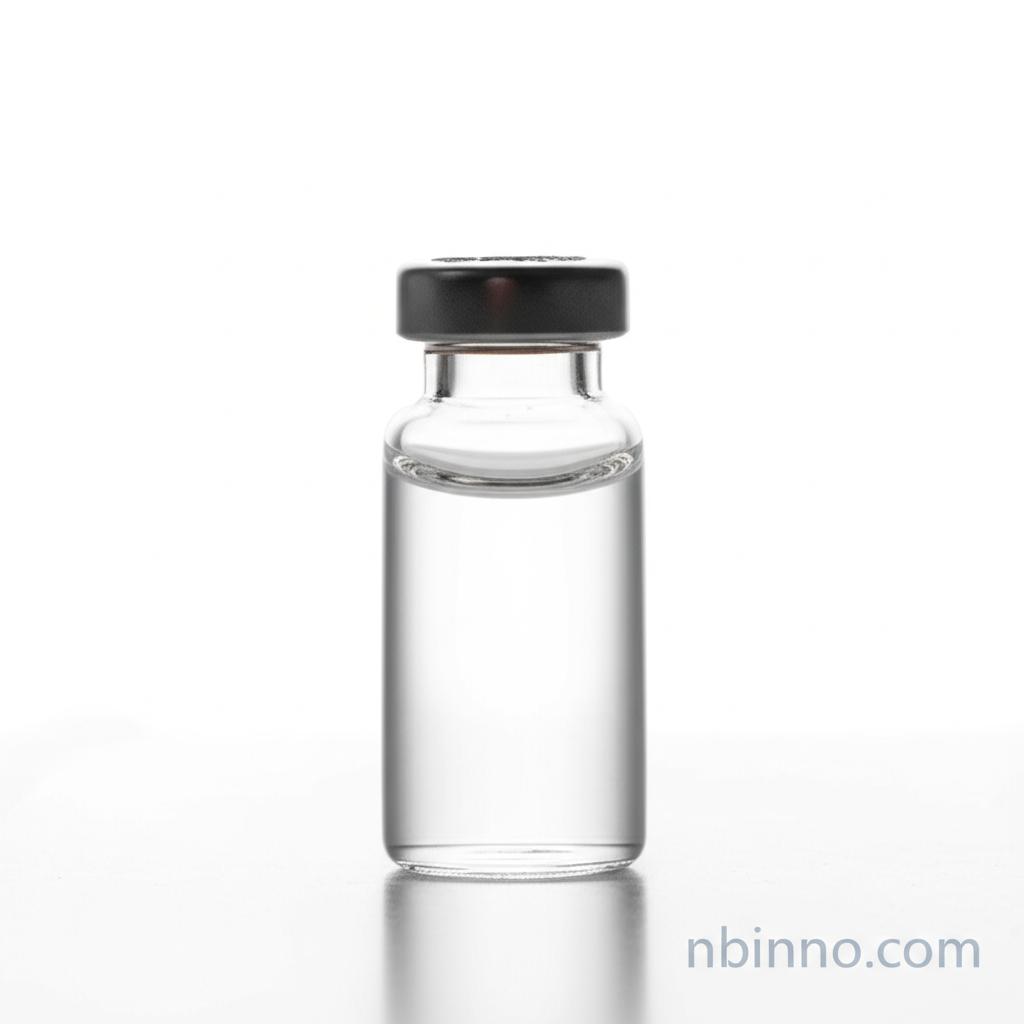2-Bromo-3-Chloro-5-(Trifluoromethyl)Pyridine: A Key Organic Synthesis Intermediate
Unlock innovation in pharmaceuticals and agrochemicals with this versatile trifluoromethylated pyridine building block.
Get a Quote & SampleProduct Core Value

2-Bromo-3-Chloro-5-(Trifluoromethyl)Pyridine
This compound is a critical component in the synthesis of complex organic molecules, offering unique reactivity due to its halogenated pyridine structure and the presence of a trifluoromethyl group. It is highly valued for its purity and consistency in demanding chemical processes.
- Discover the specific applications of 2-bromo-3-chloro-5-(trifluoromethyl)pyridine in advanced agrochemical formulations.
- Leverage the high purity (≥99.0%) of this organic synthesis intermediate for reliable and reproducible results.
- Understand the key chemical properties of this trifluoromethyl pyridine derivative for your research needs.
- Explore the potential of CAS 75806-84-7 as a versatile building block in pharmaceutical drug discovery.
Key Advantages
Enhanced Reactivity
The strategic placement of bromine and chlorine atoms on the pyridine ring provides multiple sites for nucleophilic substitution and coupling reactions, making it ideal for creating diverse molecular structures in organic synthesis.
Trifluoromethyl Group Benefits
The trifluoromethyl group enhances lipophilicity and electron-withdrawing properties, which can significantly influence the biological activity and pharmacokinetic profile of the resulting compounds, crucial for pharmaceutical and agrochemical development.
High Purity and Consistency
With an assay purity of ≥99.0%, this chemical intermediate ensures predictable outcomes in sensitive synthetic pathways. Reliable sourcing of this compound contributes to efficient production cycles.
Key Applications
Pharmaceutical Synthesis
As a vital building block, this compound is instrumental in the creation of novel pharmaceutical agents, contributing to the development of new treatments.
Agrochemical Development
Its unique structure makes it an excellent precursor for synthesizing potent herbicides and insecticides, enhancing crop protection strategies.
Material Science
The compound's properties can be leveraged in the development of advanced materials requiring specific chemical characteristics.
Research and Development
Its broad reactivity and functional groups make it a staple for researchers exploring new chemical reactions and compound libraries.
